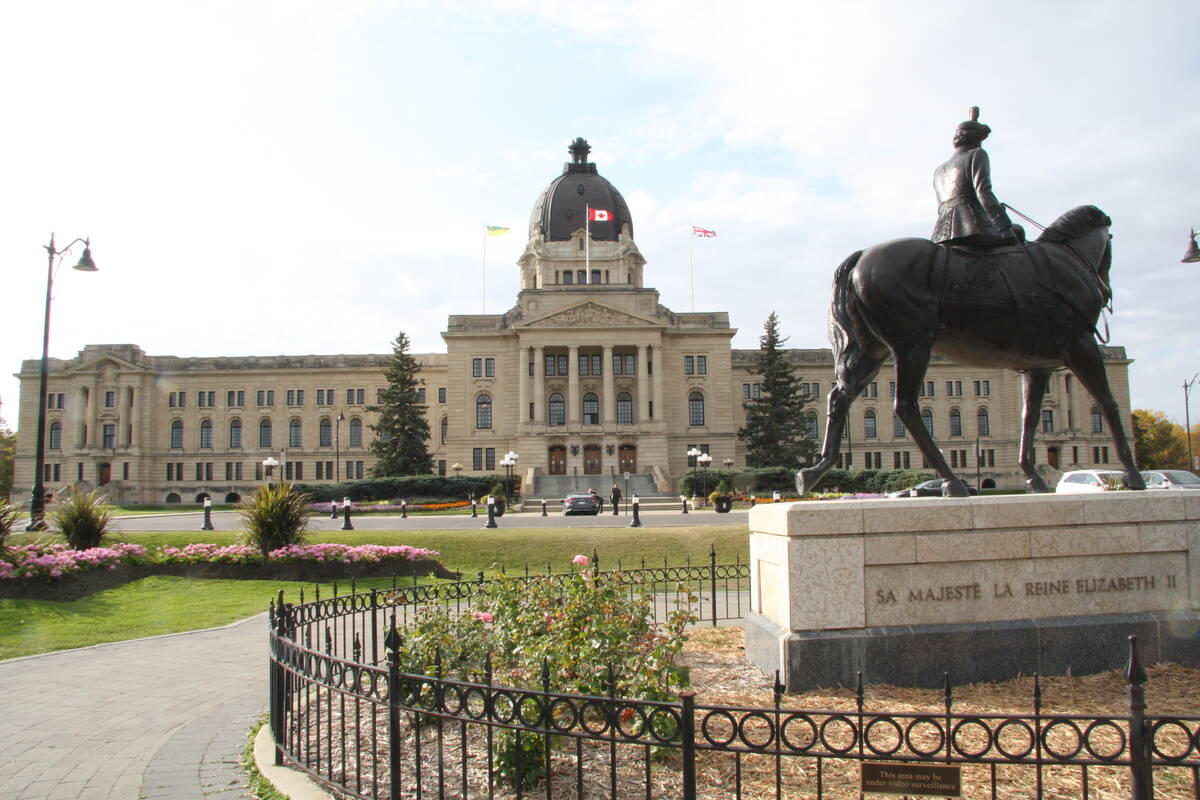The Water Security Agency will look at other solutions to control lake levels, including deep well injection
The proposed diversion of water entering the Quill Lakes in northeastern Saskatchewan will not go ahead.
Provincial environment minister Herb Cox said Sept. 17 the reaction to the plan to divert water from Kutawagan Creek away from the Quills and into Last Mountain Lake was not positive.
About 500 people attended open houses to discuss the proposal, and the government also consulted extensively with stakeholders.
Seventy-four percent were opposed to the plan.
Water levels in the saline Quill lakes have risen substantially in the last 10 years. The two lakes have joined, flooded farmland, closed a grid road and threatened highways 6, 16 and 35 and the Canadian Pacific Railway line. The lakes do not have natural drainage outlets and are about 1.1 metres away from spilling over.
Read Also

Saskatchewan throne speech promises strong economy
Saskatchewan’s legislative agenda for the coming year will focus on meeting the challenges of new world trading relationships, said the speech from the throne.
Cox said people realize something has to be done, but they didn’t like this particular idea.
“The Quill Lakes people felt it didn’t go far enough, and the people downstream at Last Mountain or the Qu’Appelle chain just didn’t want any more water,” he said.
“And there was a certain amount of misunderstanding. The proposal never did propose to drain water out of the Quill Lakes.”
Opponents to the plan said the diversion would add saline water to the fresh water lakes downstream. Total dissolved solids in the diverted water were estimated to be 2,400 milligrams per litre, compared to the normal 900 to 1,500 mg per litre range of Last Mountain Lake. The levels in the Quill Lakes are about 8,000 mg per litre.
Farmers in the area wanted more done to save land. The proposal would have diverted more water from entering the lakes but not lower the existing levels.
Cox said the Water Security Agency is already looking at other potential solutions.
“One of the good things about the consultation was that we did have a lot of different ideas proposed to us,” he said.
These include looking at what could be done on other inlets, deep well injection and adding the area’s watershed to the agricultural drainage regulations pilot program.
A report to the agency earlier this year contained several suggestions, including the Kutawagan diversion, and the minister said some of those may be examined more closely.
For now, no action will be taken.
“Hopefully we won’t have a huge snow pack this year with rains in the spring,” Cox said.
Meanwhile, he said this decision does not set a precedent for other possible diversion projects, such as at Little Manitou Lake, where water levels have steadily risen since 2010 and threatened homes and businesses.
Extensive berms and Hesco barriers have been installed, but the water rises every year and is at record levels.















